A Viper is any number of venomous snake species in the Viperidae family. Researchers recognize hundreds of different species of Vipers, and place them in three different subfamilies. They group the species into “true,” pit, and Fea’s Vipers.
Some of the more well-known members of this family include the rattlesnakes, puff adders, Gaboon Vipers, moccasins, bushmasters, copperheads, and more. Read on to learn about the Viper.
Description of the Viper
Each species is different from the next, but they all share a set of traits. Within their mouths, they have long, hollow fangs to inject their venom into prey. Most species have rather broad, triangular heads.
Generally, these snakes are heavy-bodied, though they range in length. Some species measure less than a foot long, while others reach lengths of 11 ft. or more! The heaviest individuals reach 20 to 30 lbs. or so.
Interesting Facts About the Viper
Though these reptiles do pose a danger to humans, there are many misconceptions about them. Learn more about what makes these snakes unique below. The more you learn, the less you fear.
- Folding Fangs – If you’ve ever looked at one of the many species up close, you likely noticed that their fangs do not stick out of the bottoms of their mouths. This is because, when they are not in use, the fangs fold back against the roof of the snake’s mouth.
- Dry Bites – No venomous snake has an endless supply of venom. When they use venom, they must spend time and energy regenerating it. Because of this, the snakes usually only inject venom into prey. When they bite in self-defense, it is not uncommon to see a “dry bite” in which the snake has not wasted its venom.
- Venom Regulation – Even when they bite prey items, many species learn to conserve their venom. They use smaller amounts on smaller prey. When they bite a larger prey item, they inject more venom to account for the difference in size.
- Keeled Scales – Many reptiles have flat scales that feel smooth to the touch. However, the majority of the Viperidae family has keeled scales. These have ridges, much like a ship’s keel, and are rough to the touch.
Habitat of the Viper
With such a wide variety of species, it should come as no surprise that these snakes inhabit an immense range of habitats. They live everywhere, from the driest deserts to the wettest rainforests.
Each species has its own unique habitat preferences. Some of the different ecosystems that they live in include woodlands, forests, rocky areas, coasts, wetlands, swamps, rainforests, mountainous regions, deserts, scrubs, and more.
Though not all, some species do range into agricultural areas in search of rodent prey. They live in pastures, near farms, in plantations, orchards, and more.
Distribution of the Viper
The various species live across different regions of the globe. You can find these snakes from the United States, south through Central and South America. They also live in Eurasia, Africa, and various islands. Some even range into the Arctic Circle.
Only a few regions do not contain Vipers, including Australia, Antarctica, and Siberia.
Diet of the Viper
These snakes are carnivores, which means that they eat other animals. Their diet ranges greatly, depending on the size of the snake and where it lives. Some specialize in certain types of prey, while others eat just about anything that they can catch and swallow.
Some of the different prey items that these snakes hunt include rats, mice, rabbits, frogs, insects, lizards, other snakes, birds, bats, squirrels, and more.
Viper and Human Interaction
Human interaction varies drastically based on the species. Some species live in inhospitable regions like dense rainforests or deserts, and do not cross paths with humans frequently. Other species live in close proximity to humans and prey on rats and mice near their dwellings.
Habitat destruction, purposeful killing, capture for the exotic pet trade, and pollution or climate change impacting their prey populations. Each species faces different dangers from human activity. Some directly face extinction while others have stable populations.
Domestication
Humans have not domesticated these snakes in any way.
Does the Viper Make a Good Pet
No, these reptiles do not make good pets. Because they are venomous, they can pose a danger to humans, and some can even kill. Additionally, some species face extinction because their populations are captured for the pet trade.
Viper Care
In zoos, these animals need vastly different care based on the species. Some species require high temperatures and humidity, others live in temperate regions with low rainfall.
For some species, a habitat with virtually no humidity is best. However, their diets often remain similar. Most eat rats, mice, chicks, rabbits, and similar prey.
Behavior of the Viper
Each species has its own unique behavior. Some spend most of the day foraging for food or basking in the sun, while others are most active at dusk and dawn or during the night.
Most species live solitary lives and only interact with others during the breeding season. However, some species hibernate during the winter. During hibernation, large numbers can accumulate in the same den, some even congregate with other snake species.
Reproduction of the Viper
Reproductive behaviors and rates vary drastically based on the species. Some males wrestle one another for breeding rights. Most species display ovoviviparity. This means that they retain the eggs inside their bodies until they hatch, giving “live” birth. The number of young in a clutch varies based on the species.

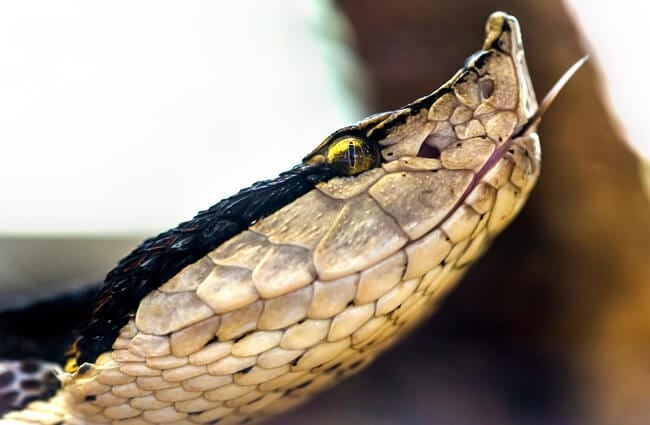
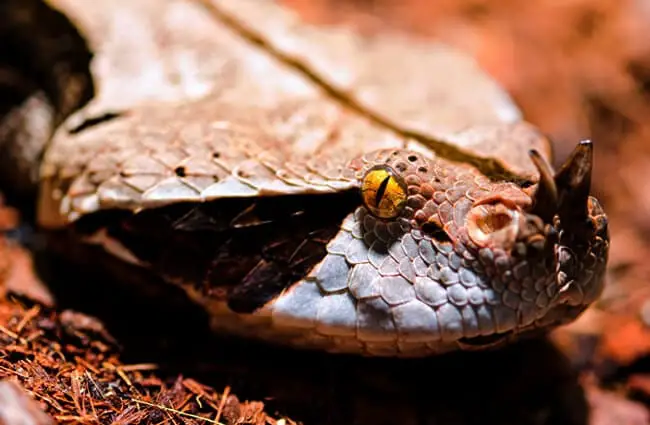

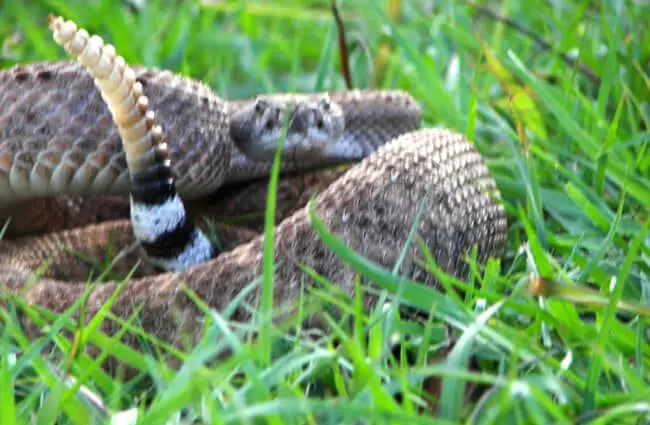
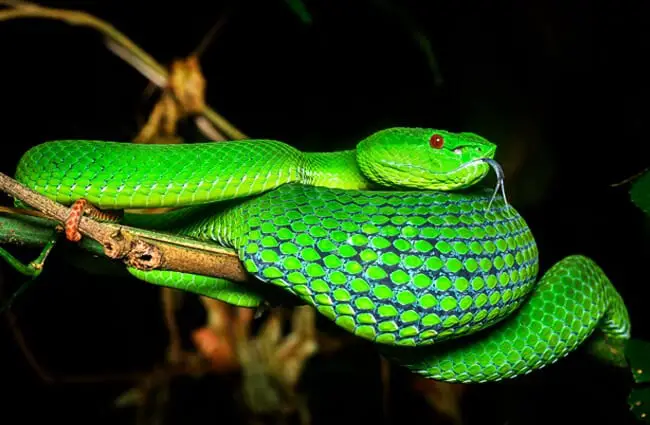
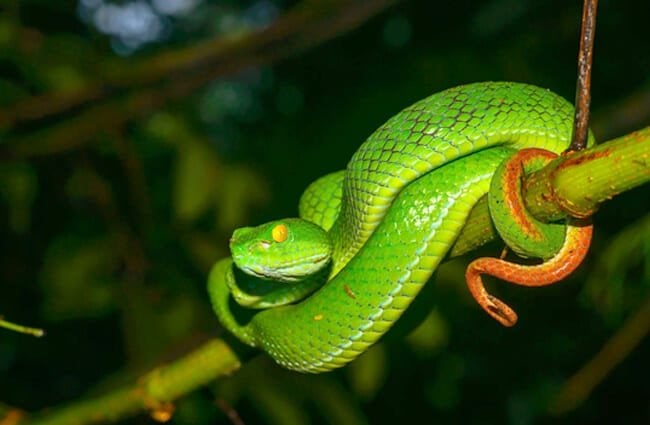

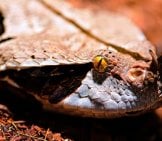
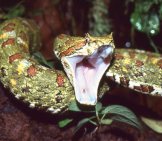
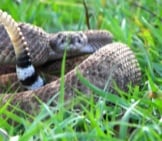
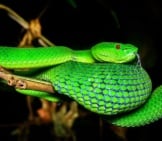
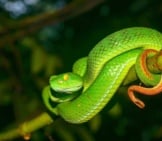
![Red Angus Closeup of a beautiful Red Angus cowPhoto by: U.S. Department of Agriculture [pubic domain]https://creativecommons.org/licenses/by/2.0/](https://animals.net/wp-content/uploads/2020/03/Red-Angus-4-238x178.jpg)












![Red Angus Closeup of a beautiful Red Angus cowPhoto by: U.S. Department of Agriculture [pubic domain]https://creativecommons.org/licenses/by/2.0/](https://animals.net/wp-content/uploads/2020/03/Red-Angus-4-100x75.jpg)

